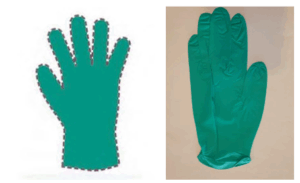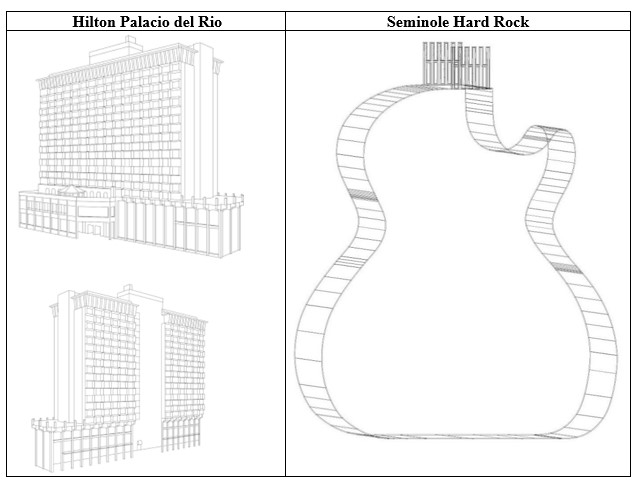Addressing for the first time the test for determining whether a color mark is generic, the US Court of Appeals for the Federal Circuit adopted the Trademark Trial & Appeal Board’s Milwaukee test as the appropriate standard, affirming the Board’s determination that a dark green color mark used on medical examination gloves was generic. In re PT Medisafe Technologies, Case No. 2023-1573 (Fed. Cir. Apr. 29, 2025) (Prost, Clevenger, Stark, JJ.)
PT Medisafe filed an application to register a dark green color mark for use in connection with medical examination gloves:

The US Patent & Trademark Office (PTO) examining attorney refused registration, alleging that the mark was not inherently distinctive and therefore required a showing of acquired distinctiveness. In response, Medisafe submitted evidence in support of acquired distinctiveness, including a declaration from a Medisafe vice president, promotional literature, and examples of competitive goods. The examining attorney was not swayed, issuing another office action stating that the mark had not acquired distinctiveness and was generic. Medisafe submitted additional evidence in support of acquired distinctiveness, including additional declarations, but the examining attorney ultimately issued a final office action refusing registration.
On appeal, the Board applied a two-step test to determine whether the applied-for color mark was generic:
- What is the genus of the goods or services at issue?
- Is the color “so common within the relevant genus that consumers would primarily associate it with the genus rather than as indicating a unique source of goods [or services] within the genus?”
This test, which was first articulated in the Board’s 2019 decision in Milwaukee Electric Tool v. Freud America, is a “slight variation” of the standard test for genericness set forth in the Federal Circuit’s 1986 decision in H. Marvin Ginn v. International Ass’n of Fire Chiefs, modified for use specifically with color marks.
The Board found that the appropriate genus was “all chloroprene medical examination gloves” and the relevant public included “all such people or businesses who do or may purchase chloroprene medical examination gloves.” The Board likewise agreed with the examining attorney that the color mark was generic because “it is so common in the chloroprene medical examination glove industry that it cannot identify a single source.”
The Board cited 25 examples of third parties using the same or a similar dark green color on medical examination gloves. Medisafe claimed that 15 of those 25 examples were Medisafe gloves, but the Board nonetheless affirmed the refusal, noting that “Medisafe made no such claim as to the other 10,” and “all 25 screenshots [are] probative of genericness because the relevant consumer – even including unspecified ‘authorized resellers’ – could be exposed to . . . gloves that appear under a large number of third-party marks without identifying [Medisafe] as the source or manufacturer.” Medisafe appealed to the Federal Circuit.
Medisafe argued that the Board applied the wrong standard in determining that [...]
Continue Reading
read more


 Subscribe
Subscribe



